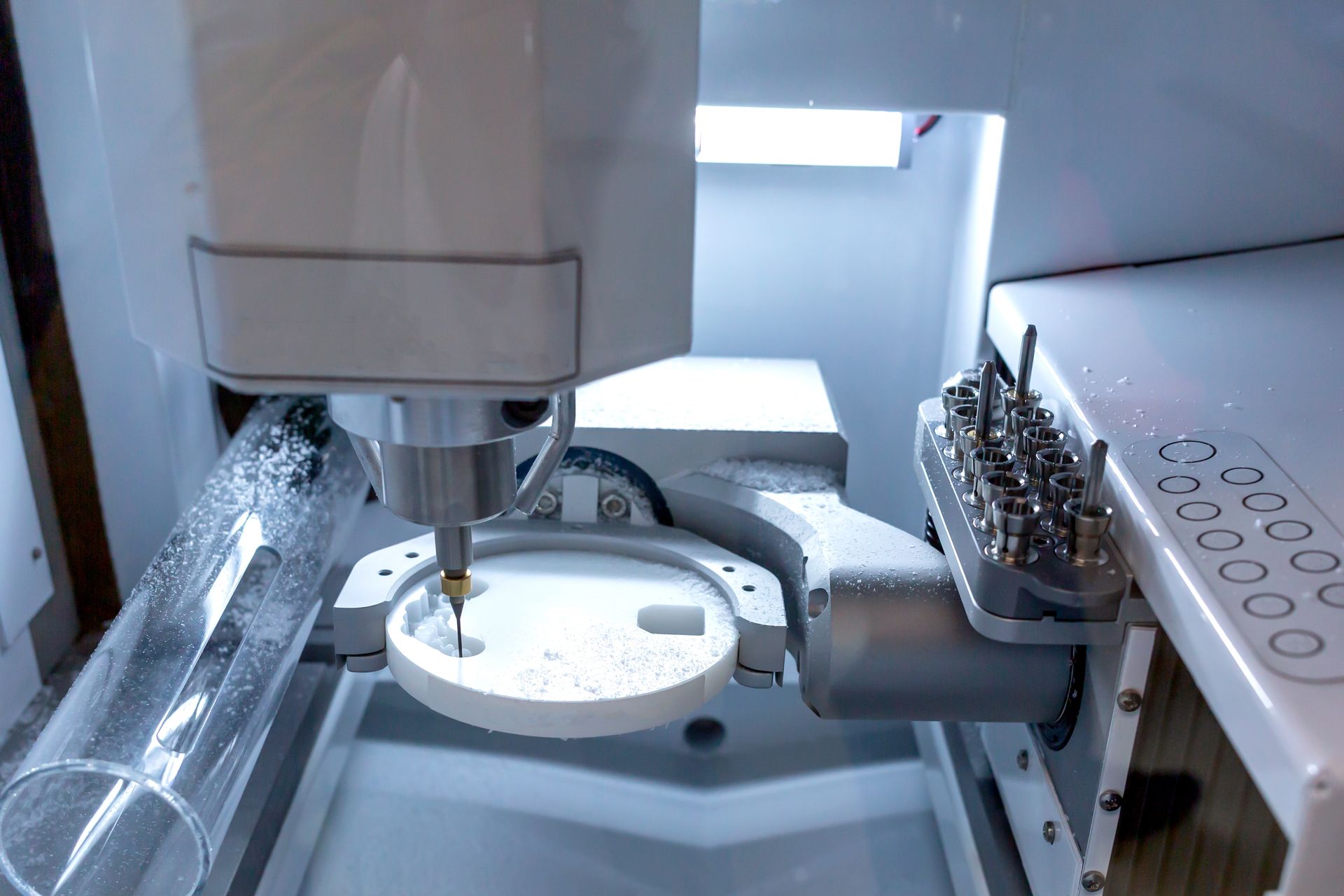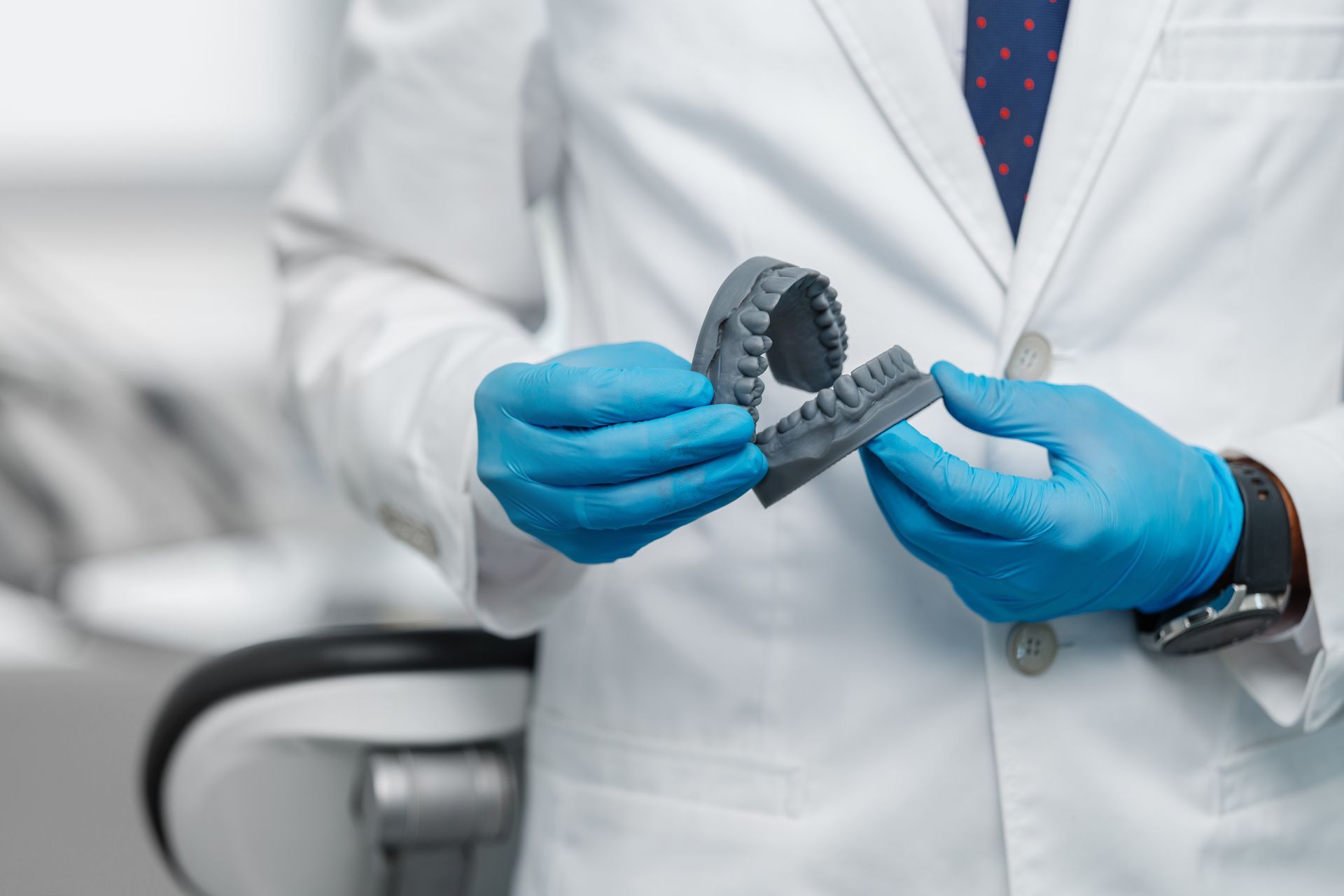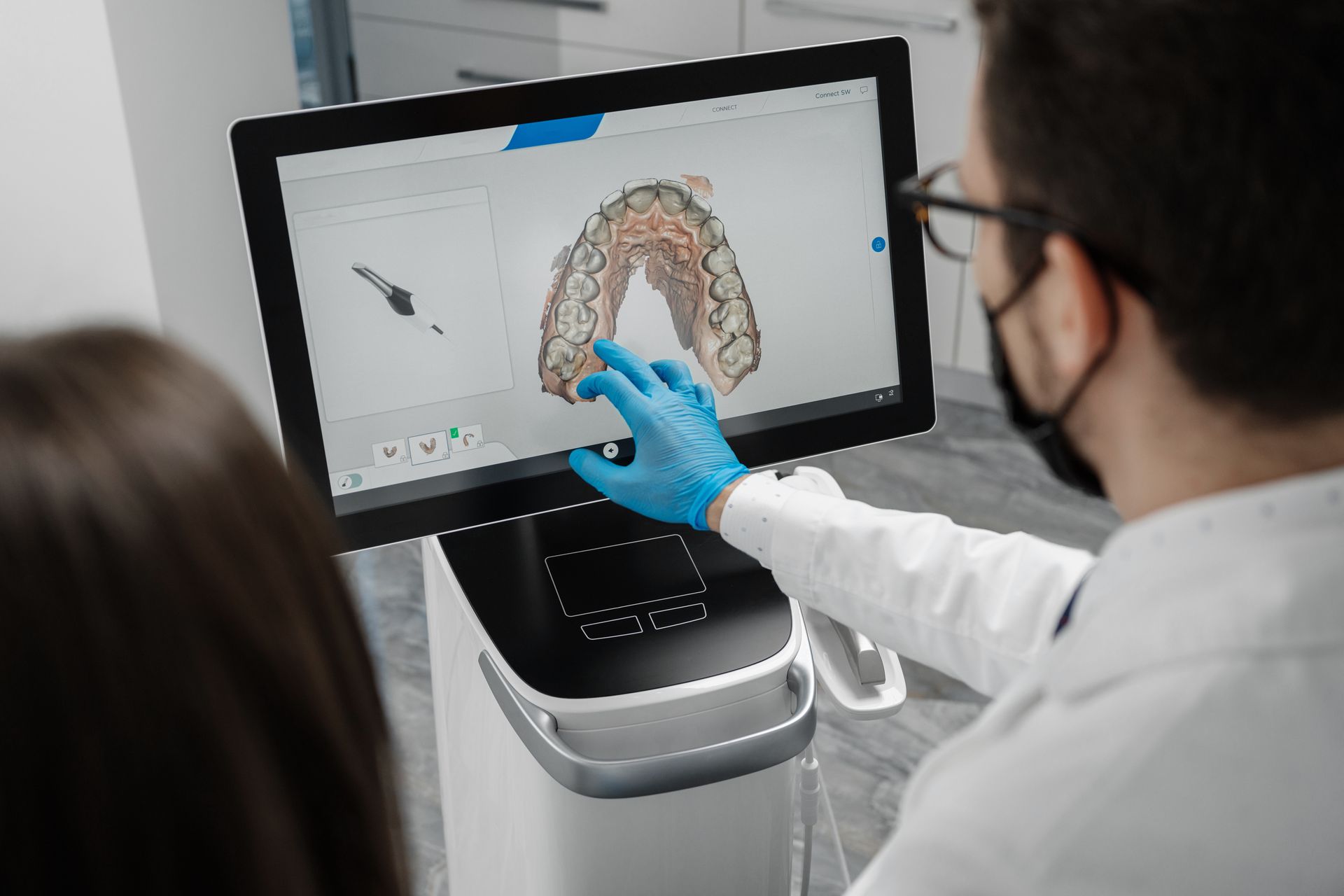Ceramic vs. Porcelain: What Veneers Are for You?
You may have heard all the hype about dental veneers. There’s a reason for their popularity, and we’re here to let you know more about dental veneers and their two popular types: ceramic and porcelain.
Read on to learn more about ceramic and porcelain veneers, and see which type could be best for you.
The Rise of Dental Veneers
A dentist named
Charles Pincus from California was the first to use veneers to make temporary alterations to people's smiles in the 1920s. Dr. Pincus was regarded as the "Dentist to the Stars" during his time in Hollywood.
Dentists have figured out how to make veneers identical to those made by Dr. Pincus last longer and permanently improve a person's smile. Veneers are a popular cosmetic dental procedure.
The Function of Dental Veneers
Dental veneers are “fake teeth” that are glued to the front surfaces of natural teeth. They are thin shells that are used to cover imperfections and enhance the appearance of teeth. Dental impressions serve as the foundation for the veneers that dentists create.
If you want to know what to expect in getting your custom veneers, you’ve come to the right place. To start, your dentist will need to remove enamel from your teeth to make way for veneers. After that, a cast of your teeth will be taken and submitted to a laboratory for analysis. Following that, the veneers will be glued onto the teeth by the dentist using a quick-setting cement.
Getting an initial check-up is a quick procedure. However, it may take a few weeks for you to receive your veneers.
Why You May Want Dental Veneers
With veneers, your smile may become noticeably more beautiful over time. This is usually best for people with stained, chipped, cracked, and misshapen teeth.
Veneers can also be used in place of dental bonding or even as a modest kind of orthodontic treatment (ask your dentist whether you might need orthodontic work before getting veneers).
Ceramic Veneers vs. Porcelain Veneers
Both ceramic and porcelain veneers are placed on the surface of your real teeth. Ceramic veneers require less enamel to be removed and are less invasive to the natural structure of the tooth than porcelain veneers.
Ceramic veneers, while easier to apply and less expensive, have lower quality and a shorter lifespan than porcelain veneers. Meanwhile, because of their long-term (ten years) endurance, porcelain veneers are a great investment.
To wrap it up, porcelain veneers are a long-lasting option that will give you a beautiful smile for many years to come. On the other hand, ceramic veneers are initially less expensive than other types of veneers, but they have a shorter lifespan and are more likely to discolor with time.
Conclusion
Getting dental veneers can improve the appearance of your smile by disguising imperfections, including stains, chipped teeth, and fissures; they correct misalignments and seal gaps between teeth. Now, the next step for you is to figure out which type of dental veneers can work best for you. Simply consult your trusted dentist to assess and decide on the veneers that best suit your style, comfort, and budget.
Are you looking for a
digital dental lab? Vitality Technologies offers all types of dental services through professional dentists in the United States. Call us today to learn more!











